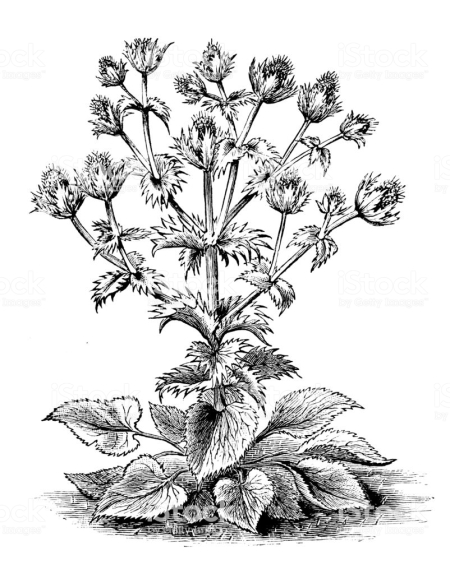May 14, 2019 · 5:51 pm
I was trying to find out about early nineteenth century plant labels (I will tell you why another time), when I came across an interesting name, a name associated with ghosts in the garden.

Now I don’t mean ghosts like the young lady, wearing a long white dress, who I saw one late summer evening, long years ago, walking across an old garden in Bristol. She stepped behind a clump of shrubs and vanished. I hope she walks there still. I can think of worse ways to spend your afterlife than walking though English gardens in the summer twilight.
No this ghost is very real.
At the beginning of the last century lived Ellen Willmott, she was a great gardener. One person dubbed her “the greatest of all living women gardeners”, though none would agree with that now, simply because the remark was made by Gertrude Jekyll, who was the greatest of all women gardeners.
Be that as it may, there is no doubt that Ellen Willmott was a great gardener. She was also a notable garden writer, writing for magazines like ‘Country Life’. In the course of her journalism she visited many gardens, up and down the land, nervously welcomed as everyone wanted a good review from Miss Willmott, and all dreaded a bad one.
And then – after a few years gardeners everywhere began to notice a new flower appearing in their herbaceous borders, a straggly blue flower with spiky leaves. Then it was realised that the flowers began to make an appearance a year or so after a visit from Miss Willmott. She never admitted it, but people though that she had a secret pocket full of the seeds, which she discretely scattered in the flowerbeds as she bent to admire a particular flower.
It is for this reason that Eryngium giganteum is now known as;

Miss Willmott’s ghost



Fascinating
LikeLike
Pingback: Mottisfont, Roses and More | The Curious Archaeologist